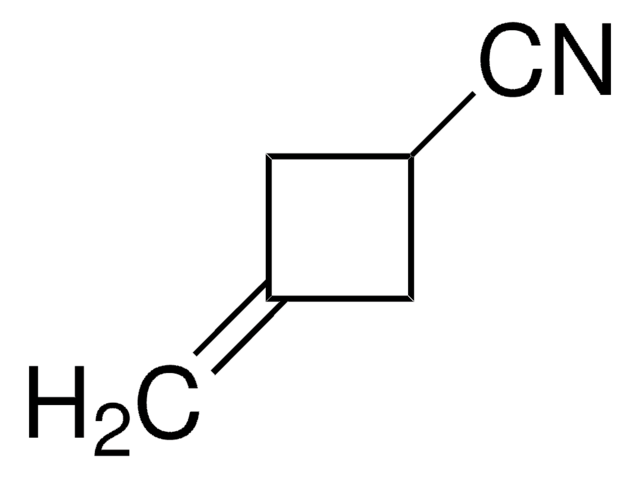T2580
Trapoxin A
≥98% (HPLC), from Helicoma ambiens
Synonym(s):
Cyclo((S)-phenylalanyl-(S)-phenylalanyl-(R)-pipecolinyl-(2S,9S)-2-amino-8-oxo-9,10-epoxydecanoyl), RF 1023A
About This Item
Recommended Products
biological source
Helicoma ambiens
Quality Level
Assay
≥98% (HPLC)
form
solid
solubility
DMSO: soluble 0.9-1.10 mg/ml, clear, colorless to faintly yellow (may be further diluted 20 fold in H2O)
chloroform: soluble
methanol: soluble
shipped in
dry ice
storage temp.
−20°C
InChI
1S/C34H42N4O6/c39-29(30-22-44-30)18-9-3-8-16-25-31(40)36-26(20-23-12-4-1-5-13-23)32(41)37-27(21-24-14-6-2-7-15-24)34(43)38-19-11-10-17-28(38)33(42)35-25/h1-2,4-7,12-15,25-28,30H,3,8-11,16-22H2,(H,35,42)(H,36,40)(H,37,41)/t25-,26-,27-,28+,30-/m0/s1
InChI key
GXVXXETYXSPSOA-UFEOFEBPSA-N
Application
- to study its effects on the inhibition of histone deacetylase 11 (HDAC11)
- to study its effects on the inhibition of HDAC3 in human cell lines
- to study its effects on the inhibition of HDAC6 in rat pyramidal neurons
Biochem/physiol Actions
Features and Benefits
Preparation Note
related product
Signal Word
Danger
Hazard Statements
Precautionary Statements
Hazard Classifications
Acute Tox. 3 Oral
Storage Class Code
6.1C - Combustible acute toxic Cat.3 / toxic compounds or compounds which causing chronic effects
WGK
WGK 3
Flash Point(F)
Not applicable
Flash Point(C)
Not applicable
Certificates of Analysis (COA)
Search for Certificates of Analysis (COA) by entering the products Lot/Batch Number. Lot and Batch Numbers can be found on a product’s label following the words ‘Lot’ or ‘Batch’.
Already Own This Product?
Find documentation for the products that you have recently purchased in the Document Library.
Articles
We offer a variety of small molecule research tools, such as transcription factor modulators, inhibitors of chromatin modifying enzymes, and agonists/antagonists for target identification and validation in gene regulation research; a selection of these research tools is shown below.
We offer a variety of small molecule research tools, such as transcription factor modulators, inhibitors of chromatin modifying enzymes, and agonists/antagonists for target identification and validation in gene regulation research; a selection of these research tools is shown below.
We offer a variety of small molecule research tools, such as transcription factor modulators, inhibitors of chromatin modifying enzymes, and agonists/antagonists for target identification and validation in gene regulation research; a selection of these research tools is shown below.
We offer a variety of small molecule research tools, such as transcription factor modulators, inhibitors of chromatin modifying enzymes, and agonists/antagonists for target identification and validation in gene regulation research; a selection of these research tools is shown below.
Our team of scientists has experience in all areas of research including Life Science, Material Science, Chemical Synthesis, Chromatography, Analytical and many others.
Contact Technical Service









